Rational emotive behavioral therapy (REBT) is a psychotherapy technique utilized to treat a wide range of mental health conditions. Regarded as a form of cognitive-behavioral therapy (CBT), It helps us to better manage our emotional and behavioral reactivity by identifying negative thought patterns.
Rational emotive behavioral therapy (REBT) is the oldest variant of cognitive-behavioral therapy (CBT) and was created by psychologist Albert Ellis in 1955. Originally, Ellis called this approach Rational Therapy (RT) because he wanted to emphasize its rational and cognitive features, but in 1961, he modified its name to Rational-Emotive Therapy to show critics that it did not ditch the concept of emotions. Over 30 years later (in 1993), Ellis renamed the approach to Rational Emotive Behavior Therapy (REBT) to reveal to critics that it also focused on a person’s behavior.
What Is REBT?
In REBT, rationality is a thought that’s administered to a person’s beliefs. Rational thoughts, which are logical and relationship-enhancing, are considered to be at the heart of psychological wellness and self-acceptance. Irrational beliefs are rigid, inconsistent, illogical, and relationship-defeating ideas that can cause psychological distress.
In our fast-paced life, we get tired sometimes. We can’t control everything that happens in our lives and in this unpredictability, we go through a lot of stress which affects both our physical and mental health.
Related: These 9 signs will tell you that you’re mentally and emotionally exhausted.
Inspired by the Stoic philosophers, REBT holds the belief that it’s not activities that directly reason emotions and behaviors. Rather, it’s one’s ideals that cause emotional and behavioral reactivity.
In REBT theory (Ellis, 1962, 1994), there are four sorts of rational beliefs:
- Flexy preferences (“I got to be approved, however, if I don’t, then it’s what should be”),
- Non-awfulizing beliefs (“It’s horrific to be disapproved, however, it isn’t the end of the world”)
- High-frustration-tolerance beliefs (“It is tough to face being disapproved, but I can tolerate it and it’s worth tolerating”)
- Acceptance beliefs (e.g., unconditional self-acceptance).
The purpose of Rational Emotive Behavior Modification is to – challenge our unreasonable and dysfunctional values and replace them with more practical and functional goals. The end outcome isn’t just an exchange of ideas or a reduction to a few complicated symptoms, but a new outlook on life.
Models Of REBT
1. The ABCDE Model of Emotional Disturbance
The ABCDE Model represents a psychological instrument that helps clients discover irrational beliefs or self-defeating stances, and transform those into rational ones, so that new emotional, psychological, and behavioral desires are created, These desires are functional, flexible, non-absolutist, empirical, practical, and logical.
Ellis hypothesized that irrational beliefs are the result of a person’s goals or dreams being inhibited or blocked. When we don’t get or accomplish what we desired, we may develop irrational beliefs about ourselves or related events.
In this model, that is what a typical series of mind may look like:
- A: Activating Event (something occurs to or around someone)
- B: Belief (the event causes someone to possess a belief, either rational or irrational)
- C: Consequence (the perception ends after a consequence, with rational beliefs leading to health effects and irrational ideals resulting in unhealthy consequences)
- D: Disputation (if one has held an irrational perception which has caused unhealthy results, they have to dispute that belief and turn it right into a rational belief)
- E: New Effect (the disputation has turned the irrational perception into a rational notion, and the man or woman now has healthier effects of their notion as a result)
The ABCDE Model is primarily based on a collaborative relationship that helps to improve clients’ consciousness on their goals in a structured and systematic way. The ABCDE model may be extremely beneficial in tracing the development of the irrational idea and supplying a high-level outline of the way to the assignment and updating it.
2. The ABC Model –
Ellis cautioned that people mistakenly blame external events for unhappiness. He argued, that it depends on our interpretation of those events that honestly emerges from our mental distress. To give an explanation for this process, Ellis advanced what he referred to as the ABC Model:
REBT advocates an ABC version of psychological disturbance and health.
- “A” stands for activating occasion which can be real or inferred,
- “B” stands for belief (rational or irrational), and
- “C” stands for the consequence, the outcome of retaining a notion and it can be about emotional, behavioural, and cognitive.
Thus the events of life (A: Activating Events) do not directly influence our emotions and behaviors (C: Consequences), but rather how these events are cognitively processed and analyzed (B: Beliefs).
This ABC framework is not most effective when considering the position of cognitive appraisal in regard to emotions, but it also helps in the therapy, as it’s a non-complicated and memorable approach for people to understand the antecedents to their feelings and behaviors.
Most prominently, it enables clients to recognize that it’s not the outdoor occasions (A) that cause their dysfunctional reactions (C), it’s far from their irrational beliefs (B), and how they reply to adversity because they are able to have autonomy over their beliefs.
REBT Exercises
1. Identifying the Underlying Irrational Thought Patterns and Beliefs
The very first step in this manner is to identify the irrational thoughts, feelings, and ideals that result in psychological distress. According to Ellis, a number of the most ‘not unusual’ but irrational beliefs include:
- Feeling excessively disappointed over people’s mistakes or misconduct.
- Feeling you don’t have any control over your own happiness; that your contentment and joy are established upon outside forces.
- Believing that you’ll be happier if you avoid life’s difficulties or challenges.
By maintaining such unyielding beliefs, it becomes almost impossible to reply to conditions in a psychologically healthy way.
2. Consequences Analysis
This exercise can help individuals recognize the consequences of their irrational ideals, the things that are vital to them. It can also help the client in developing an answer to their utmost preferences which aid as an emotional “Band-Aid” to their symptoms.
3. Gain Insight and Recognize Irrational Thought Patterns
REBT, as you might expect, can be a stressful technique for clients. It might be tough to confront irrational thought processes, mostly because embracing these irrational concepts is simple. No one likes anyone to question their beliefs. While it makes perfect sense to be upset while you make a mistake, the aim of rational emotive behavior remedy is to assist people to respond rationally to such situations.
In addition to figuring out and disputing irrational beliefs, therapists and clients also work together to figure out the emotional responses that accompany complex thoughts. Clients are also recommended to exchange undesirable behaviors with the use of things like meditation, journaling, and guided imagery.
Related: The Beginner’s Guide To Meditation
4. Replace The Negative Beliefs with Positive Beliefs
This fundamental exercise helps people confront their poor and irrational thoughts or beliefs. It encourages the use of logic and rationality to update those old, self-important beliefs with new and extra-functional beliefs. It’s an exceptionally simple and straightforward method of transforming one’s beliefs with a systematic approach.
5. Problem Formulation
This exercise helps you in comprehending and correcting undesirable emotional reactions. It’s meant to help you to focus on one emotion at a time, encouraging you to write down detailed descriptions of an event and your reactions.
How Does It Work?
Ellis believed that most human beings are not aware that lots of their thoughts about themselves are irrational and negatively affect their behavior in relationships and also in different situations. According to Ellis, it is their minds only that lead human beings to go through negative emotions and interact in self-negative behavior.
REBT therapists believe that by figuring out the negative thoughts and replacing them with positive beliefs, one is better capable of accepting their own self and others and, in turn, staying a happier life.
Psychotherapists using REBT teach their sufferers three forms of acceptance:
- Unconditional Self-Acceptance – I too have flaws – I have negative and positive traits, however, that doesn’t make me any less worthy than every other person.
- Unconditional Other-Acceptance – Sometimes people won’t deal with me fairly – Though some may not treat me fairly, they’re no less worthy than every other person.
- Unconditional Life-Acceptance – Life is not usually going to go the way I want. There’s no reason why it ought to pass in the manner I want. I might revel in some unwanted things in life, but life itself is by no means lousy or unbearable and it’s worth living.
The client is asked to spot their irrational philosophies, usually within the sort of a “Must”. There are three different types of Musts.
The first is called a demand on yourself, which might look like, “I MUST get straight As, otherwise I’ll never be good enough”.
The second is a demand you have on others and might look like, “You MUST go out with me, otherwise my world will end”.
The third is called a demand on situations and might look like, “My car MUST not break down on the way to work or else I will give up on an entire day.”
Once these have been identified, the client must question their validity. Why do they believe these to be true? Where is the evidence to prove these philosophies? From there, the client can change these “Musts” into “Preferences”.
REBT tends to work excellent on patients who choose proactive, present-oriented treatment as a means of handling the problems they face in life. It can work for each person facing mental problems, especially things like fear, guilt, hostility, anxiety, depression, and addiction or substance abuse.
Watch out this video for more information on the facts of REBT.
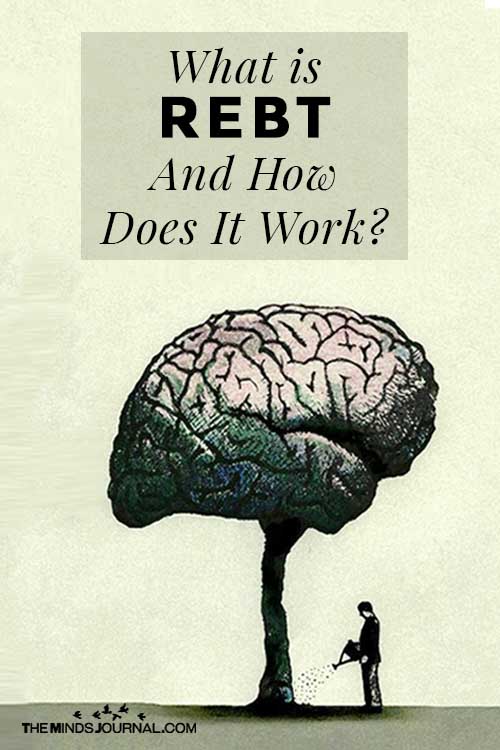


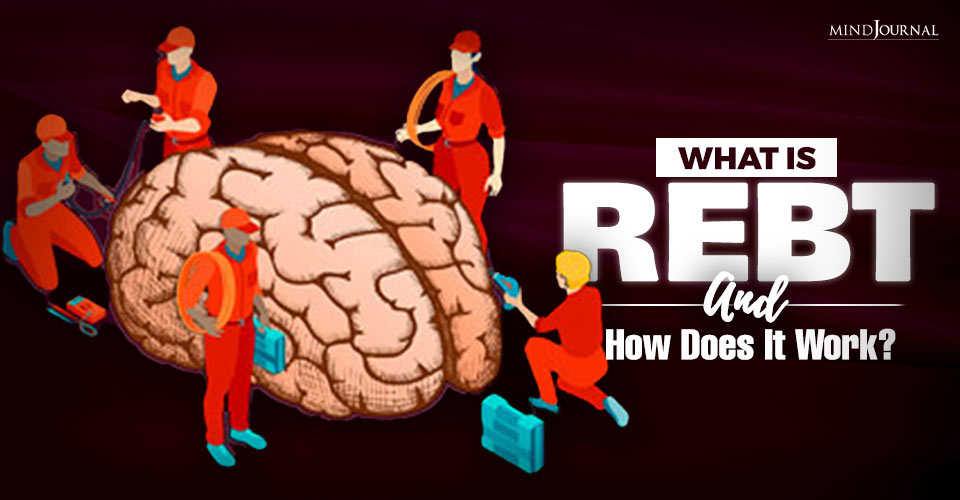
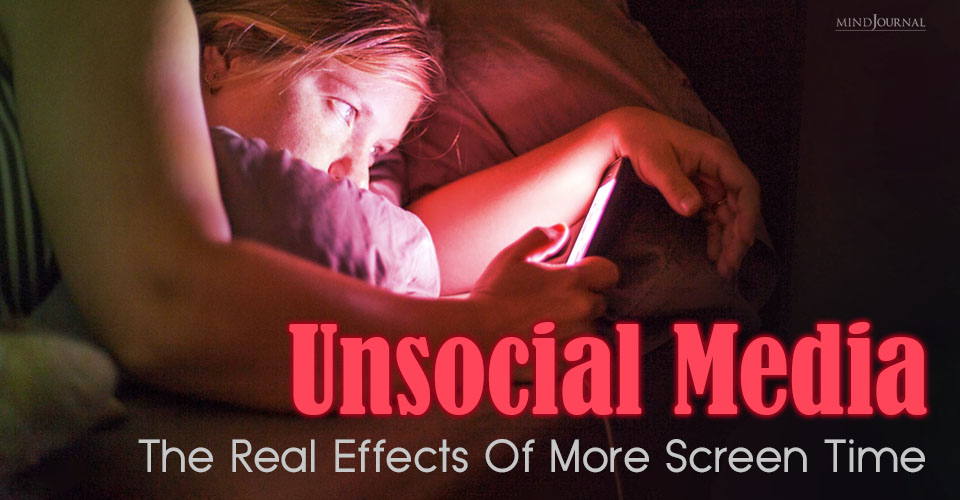
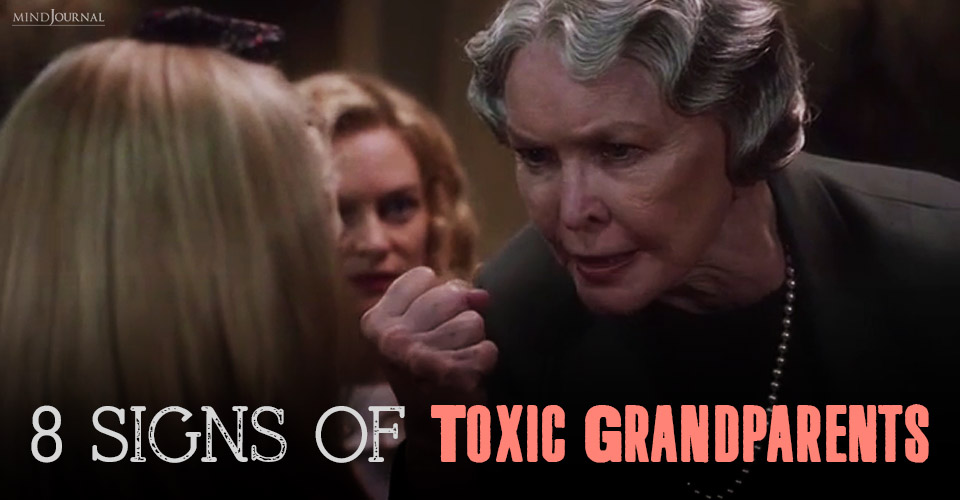
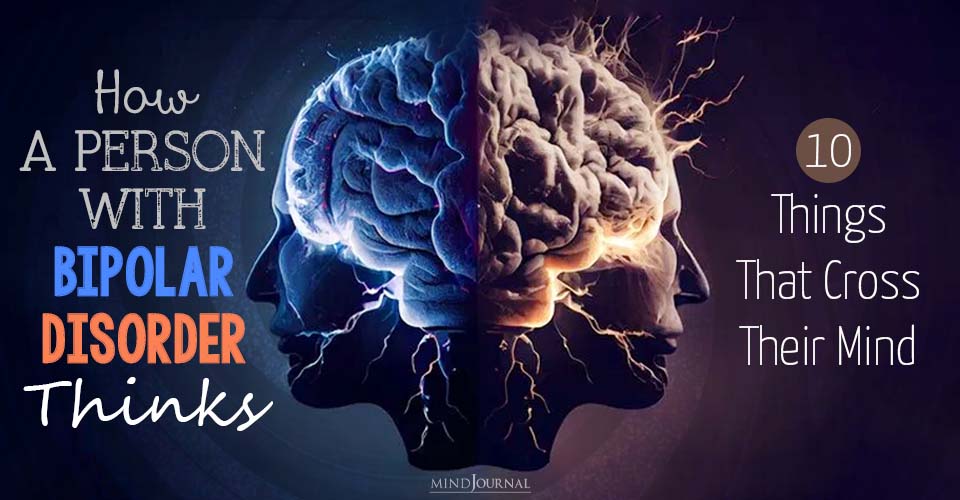
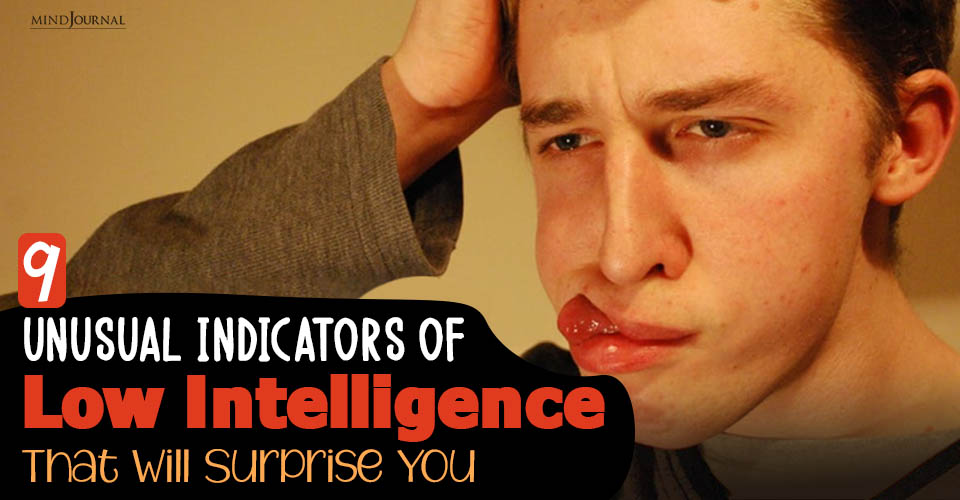
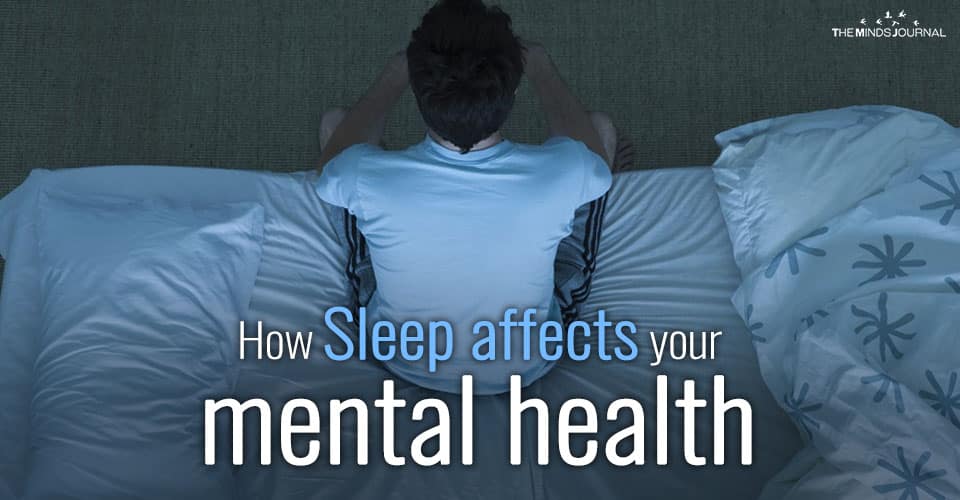

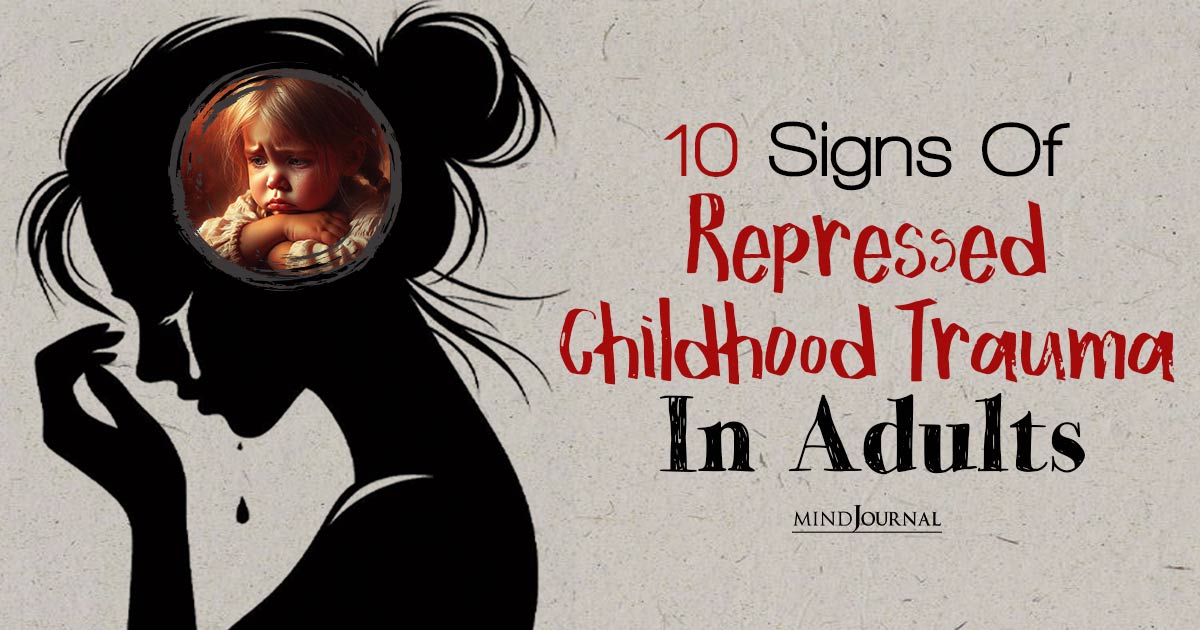
Leave a Reply